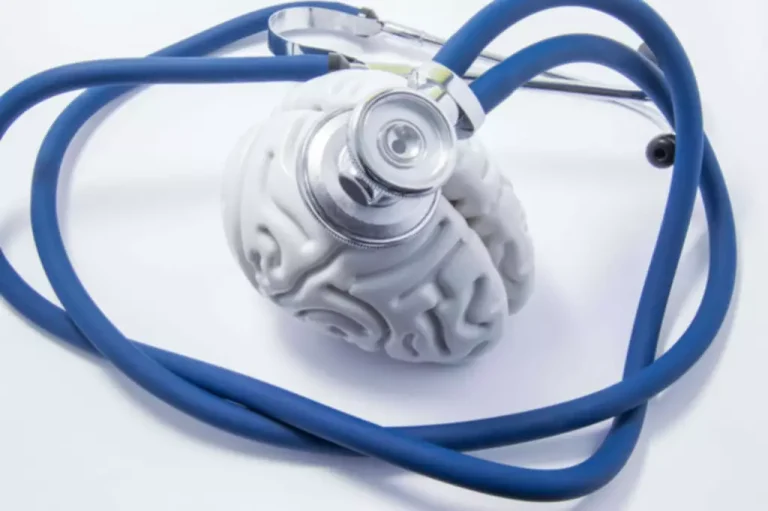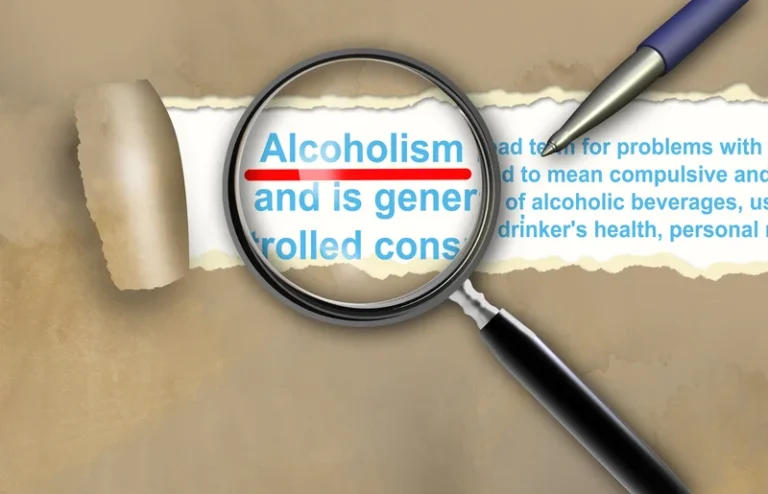
Based on these studies, it can be determined that there is a high rate of peripheral neuropathy amongst chronic alcohol abusers. It also appears that the addition of NCS may improve the identification of alcohol-related peripheral neuropathy. Among patients with chronic alcohol use disorder, neuropathy is the most common harmful sequelae.

Build Better Drinking Habits With Reframe!

They get worse with more alcohol consumption, so if you stop drinking and seek professional medical attention, you can manage the symptoms of the disorder and potentially keep the nerve damage from worsening. Studies on this condition have estimated that up to 66 percent of chronic alcoholics develop permanent nerve damage as a result of their drinking. Long-term alcohol use can wreak havoc on several vital organs and essential functions in the body. Peripheral neuropathy happens when the nerves that are located outside of the brain and spinal cord (peripheral nerves) are damaged.
Symptoms of peripheral neuropathy include:
These relationships make chronic alcoholism a risk factor for thiamine deficiency. In addition to thiamine deficiency, recent studies indicate a direct neurotoxic effect of ethanol or its metabolites. Axonal degeneration has been documented in rats receiving ethanol while maintaining normal thiamine status [5].
Risk factors
Primarily, it was assumed that the progression of ALN symptoms is due to malnutrition and micronutrient deficiency (mainly B1 hypovitaminosis) [82, 83]. Indeed, these factors contribute to the progression of ALN symptoms; however, they do not constitute direct factors that manifest in ALN development [84]. Current postulation holds that dysfunctions within the central and peripheral nervous system are due to both direct and alcohol neuropathy indirect toxic effects of alcohol [31, 85,86,87]. Indirect effects are mainly induced by vitamin deficiencies (B1, B2, B3, B5, B6, B7, B9, and B12) [84, 88]. In general, the nerves in lower limbs were more affected than the upper limbs [3, 37–39]. Four studies reported abnormalities only in sensory nerves [33, 47, 63, 64], while ten reported abnormalities in both sensory and motor nerves [2–4, 16, 38, 54, 56, 58, 59, 65].
- Understanding that recovery from alcoholic neuropathy is a long-term, often variable process, allows us to work towards the best possible outcomes.
- It has previously been considered in relationship to nutritional, especially thiamine, deficiencies seen in alcoholics.
- Reframe supports you in reducing alcohol consumption and enhancing your well-being.
- This type of degeneration, so called ‘dying-back’, resembles Wallerian degeneration.
There are also a number of natural treatments to help reduce symptoms and peripheral neuropathy. Always dilute essential oils (a few drops) in 1 ounce (oz) of carrier oil, such as olive oil. Applying these diluted oils to the affected area can reduce stinging and tingling pains from peripheral neuropathy.
How well do you score on brain health?
- Until symptoms become serious, many people may ignore or neglect their neuropathy.
- Further, ECG changes and functions of the digestive tract (dyspeptic symptoms, stomach and gallbladder motility, orocecal transit time) can also be assessed [162, 165].
- Alcohol can also deplete the body of essential nutrients, and thiamine (vitamin B1) deficiency is common in people who battle alcoholism.
- Behse & Buchthal [31] compared 37 Danish patients with alcoholic neuropathy with six patients with nonalcoholic post gastrectomy polyneuropathy.
- Early diagnosis and treatment give you the best chance for controlling your symptoms and preventing further damage to your peripheral nerves.


